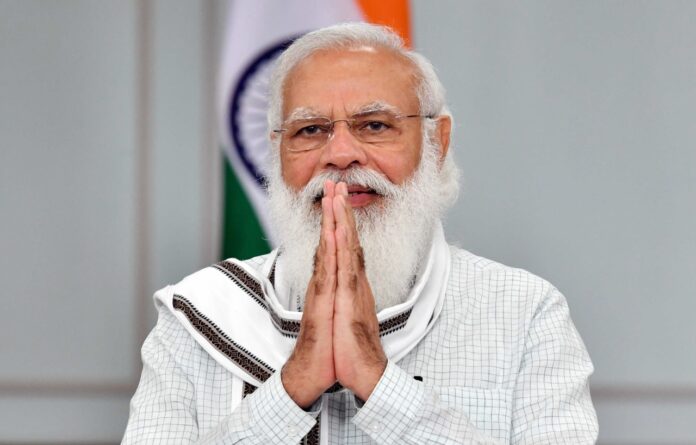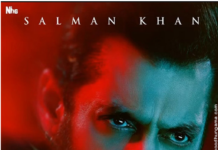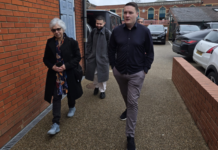VIP security has never been simple or easy. It is on record that elaborate instructions were issued in the form of printed booklets during the visits and tours of governors, before Independence. Over the years this was fine-tuned and made specific and functional.
After the tragic assassination of Indira Gandhi in 1984, it was realised that the security of VVIP had to be taken to a different level. After considerable brainstorming study of international best practices, it was in 1988 that the SPG Act was introduced and an amendment introduced in 2019. This was the beginning and the evolution of the Special Protection Group and the security protocol drills as we find them today.
Over the years VIP security has become even more complex and challenging because of the presence of criminal and vested interests, as also anti-national elements. Under these circumstances, VIP security assumes greater significance and that is why the elaborate standing operating procedures have been prescribed so that the security cover is fail-proof and foolproof.
The first step of any VVIP visit is the issue of the VIP programme, which is then fine-tuned to a minute-by-minute detail. Once this has been issued, the SPG team led by a senior officer is sent to the district where the proposed visit is supposed to happen. They conduct advance security liaison meetings (ASL) to discuss all aspects of the visit, like the arrival of the VIP, journey from the place of arrival to the venue of the programme, if there is a night stay, then identify a suitable, appropriate and secure place for the VIP and provide impregnable security at this location. All medical contingencies are assessed and catered with super-speciality expertise. A fully equipped ambulance and a team of Medical Doctors accompany the VIP.
The route of the VIP is surveyed repeatedly and sanitised. Obstructions are cleared, hazards are identified and proper deployment of force is ensured. There are contingency plans to cater to all foreseeable emergencies and alternative routes, places of night halt are identified well in advance, with provision for multiple backups and alternatives. In brief, nothing is left to chance.
The close-proximity security is the responsibility of the SPG, while the outer security, perimeter security, traffic, fire-fighting arrangements and armed reserve force are the responsibility of the local police and administration.
The recent visit of Prime Minister Narendra Modi to Bhatinda in Punjab was nothing short of an unmitigated disaster. The chief minister, the chief secretary and the DGP were not present to receive him, as is customary. The prime minister had to drive down to Hussainiwala, a distance of 110 kilometres because helicopter flight was not possible due to inclement weather. The proposal was to go to the Firozpur rally after the function. The prime minister’s cavalcade barely covered 30 km towards Hussainiwala when, to the shock and dismay of security officials, there was an inexplicable and ominous presence of busloads of agitators, brazenly obstructing the prime minister’s convoy.
The convoy was dangerously trapped and could not take a U-turn: As if this was not enough, the agitators could be seen along the flyover and surprisingly, there was minimal police presence along the routes and the rooftops. To the contrary, there are video clips showing police personnel on duty enjoying having tea with the agitators which is just not acceptable and must be dealt with very sternly as a case of dereliction of duty. The SPG commandos took up positions immediately and managed the situation with great professionalism, patience and presence of mind.
On return to Bhatinda airport, the prime minister told the officers present there that they should thank the Chief Minister of Punjab as he (prime minister) could return alive!
Seldom has the nation witnessed such shoddy arrangements for the prime minister. The multiple failures would include permitting the agitators to assemble and then travelling by buses on the designated route of the VIP — to top it all, they had the audacity to breach the convoy movement. The police presence along the route was minimal. Obviously, the agitators did not descend from the heavens; it must have taken time to collect, arrange the buses and move to obstruct the VIP. This takes time. In the age of drone technology and real-time intelligence sharing, one really has to try hard to have this kind of security breach and mess up.
There are multiple intelligence agencies that provide authentic and actionable intelligence, and a robust and proactive police force could have easily averted this ugly situation. The claim there were 10,000 police personnel on duty seems to be most unconvincing, because they were not visible and those who were present did not seem to have a sense of purpose, being casually dressed and sipping tea with the agitators is certainly not the best form of policing. This is ironical, more so because Punjab Police is known for its commitment and professionalism.
The insensitive manner in which these lapses have been defended is equally unacceptable. To say that there was no security lapse because the Prime Minister was not harmed is simply bizarre. There is a saying in the security apparatus that 99.9 percent marks would indicate failure. Only 100 percent marks are the basic pass marks! There are important lessons to be drawn from this visit and these should be brought out as a white paper and shared with all the states and police forces, simply to explain how not to conduct VVIP visits.
This ugly incident, with horrible fault lines, was totally avoidable, damaging as it is to the prestige of the country; its impact on the credibility and reputation of the Punjab Police is worse still, requiring an immediate course correction.
(BY: Vikram Singh: The writer is former Director General of Police, Uttar Pradesh. Views expressed are personal.) @First Post

Readers like you, make ESHADOOT work possible. We need your support to deliver quality and positive news about India and Indian diaspora - and to keep it open for everyone. Your support is essential to continue our efforts. Every contribution, however big or small, is so valuable for our future.












When I heard this bizarre incident, like many millions who are patriotic whether in India or abroad I felt ashamed of the action of local state officials who are supposed to be in charge of the security of the P.M. The agitators as the writers call them diplomatically are nothing but a bunch of hooligans working under the instructions of anti-India politicians afraid of losing their power. For them to be able to cross the VVIP convoy and obstruct the pathway to the country’s PM is a watershed moment in India’s democratic history. The same tactic was used in Bengal as they are all afraid of the rallying influence of Modiji and so let’s hope, in the internet age that virtual rallies are held and the voters get the right to vote rather than intimidated